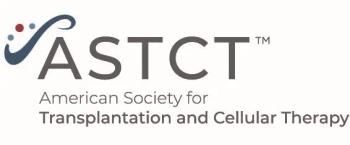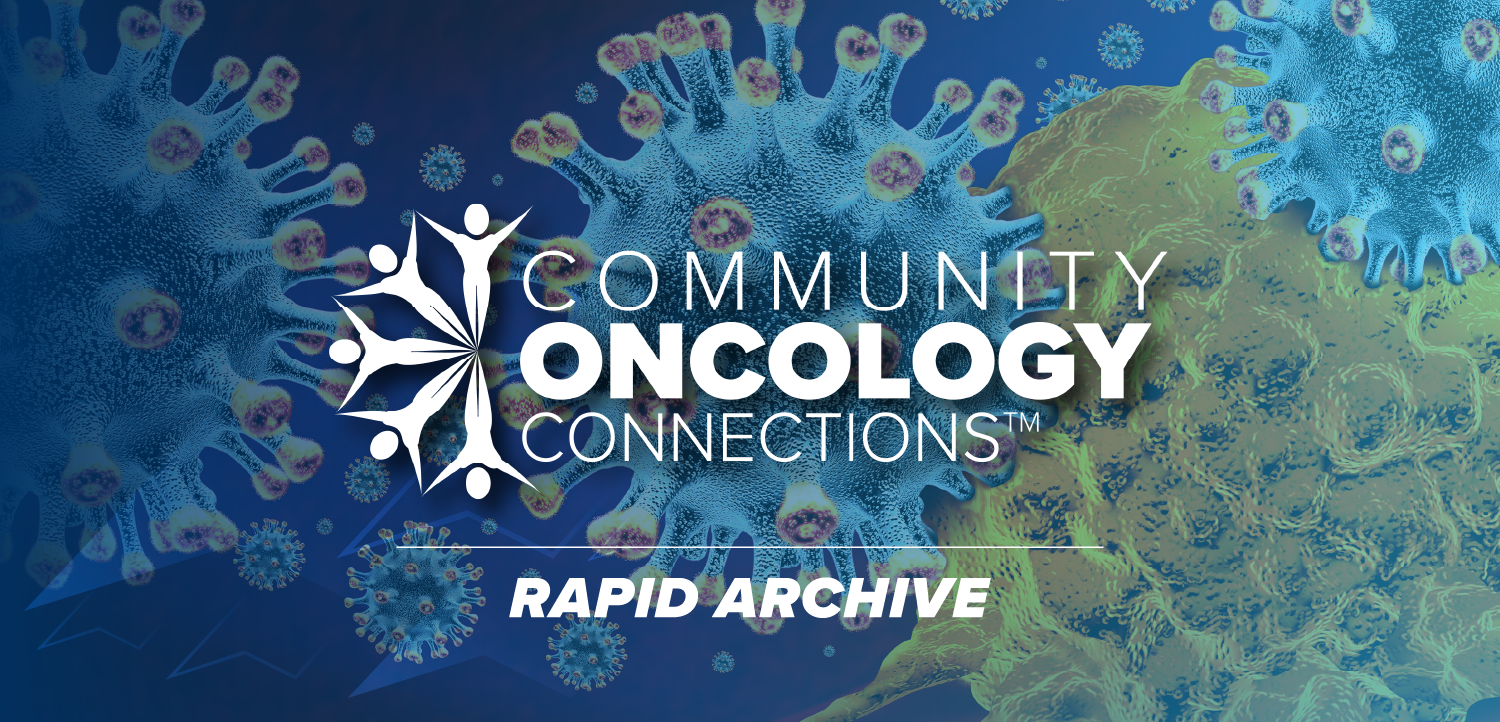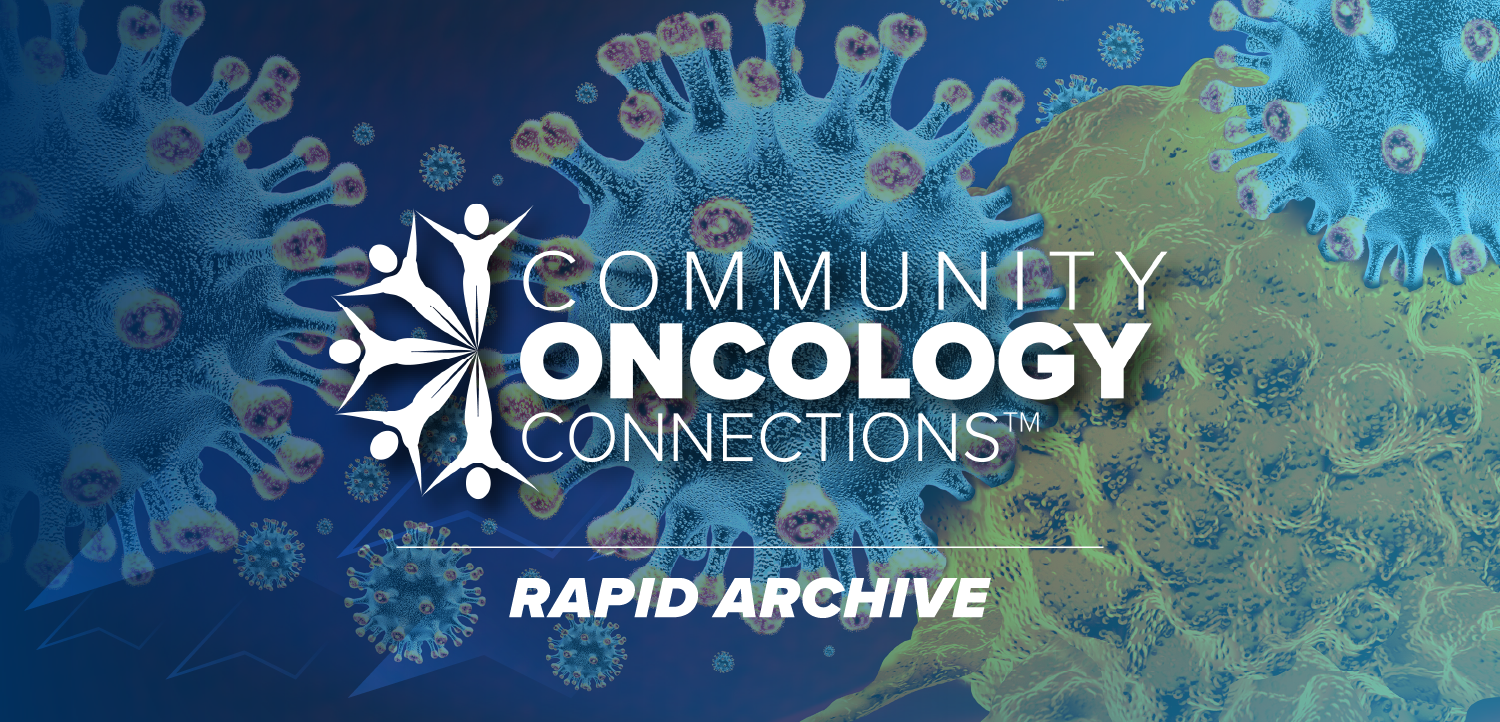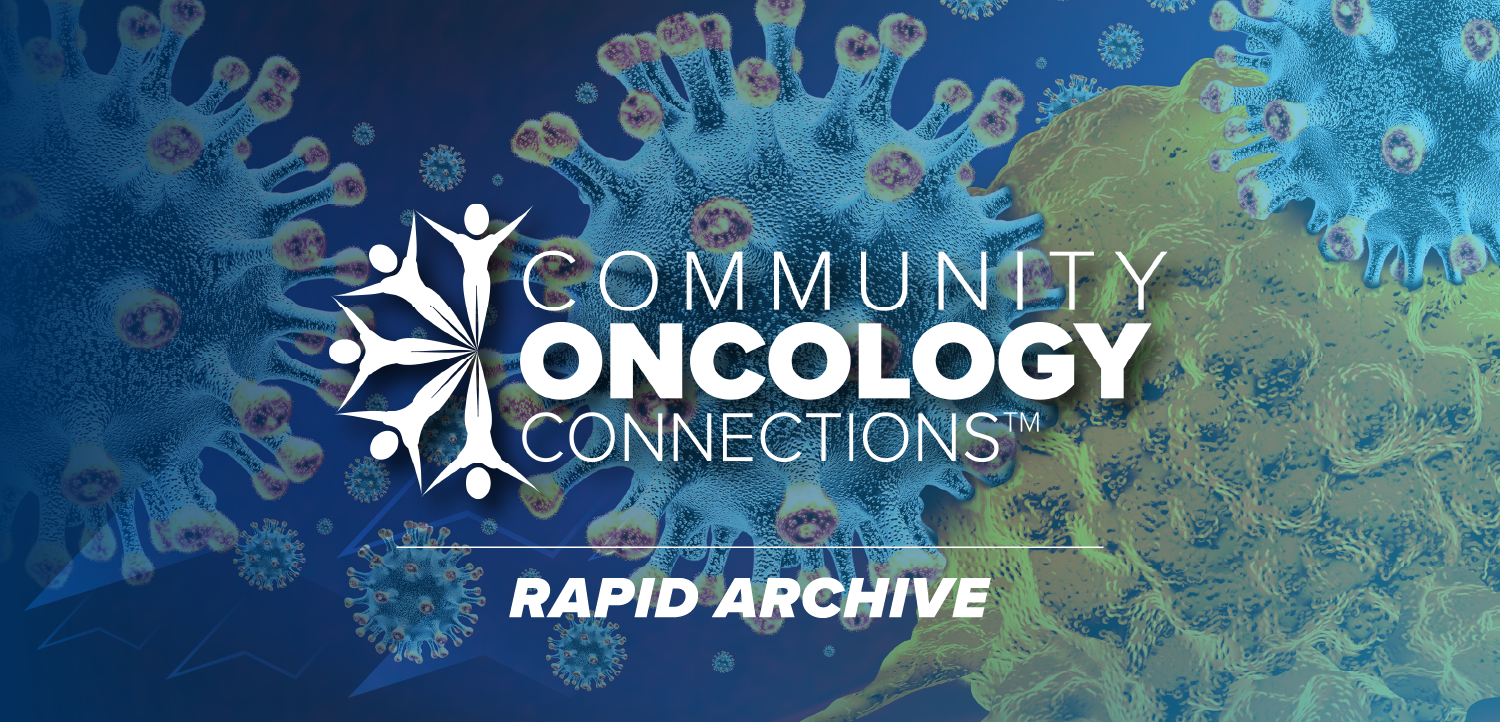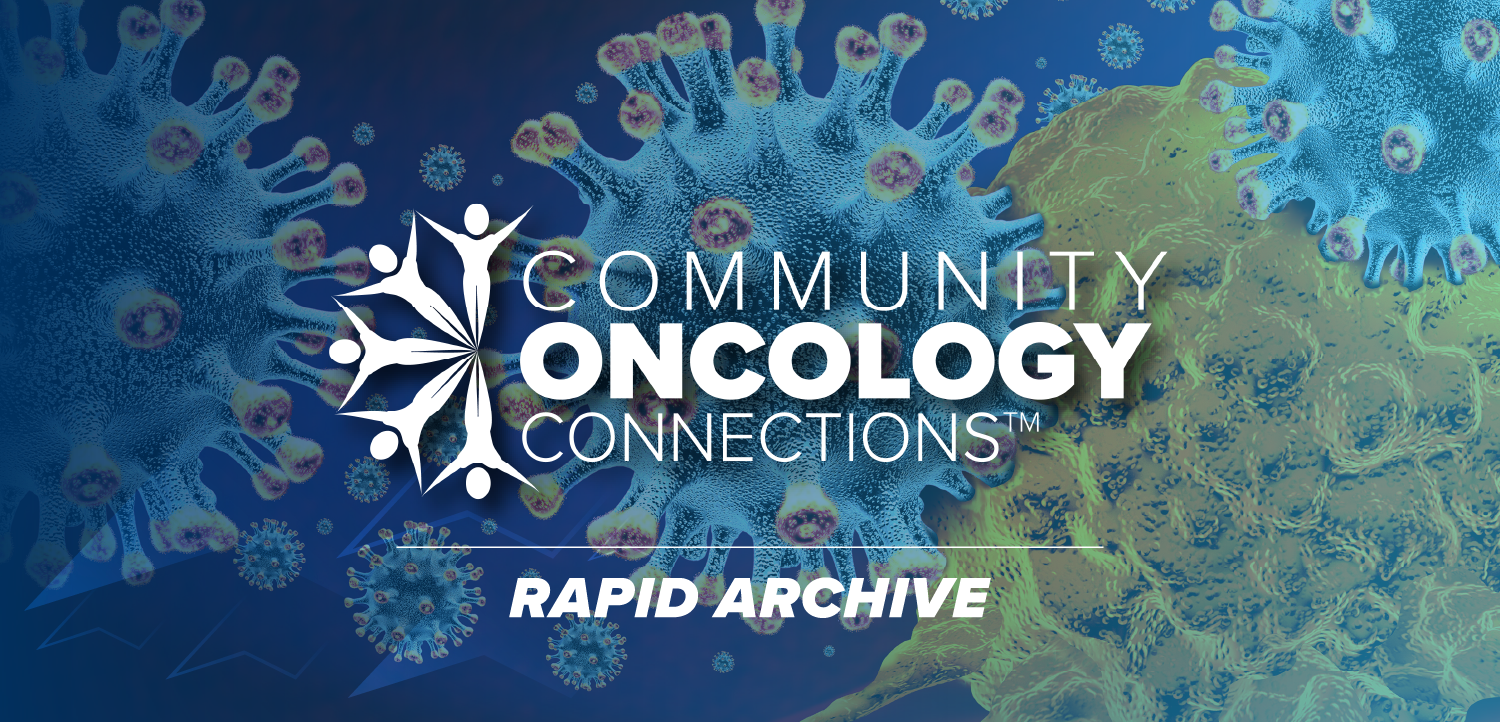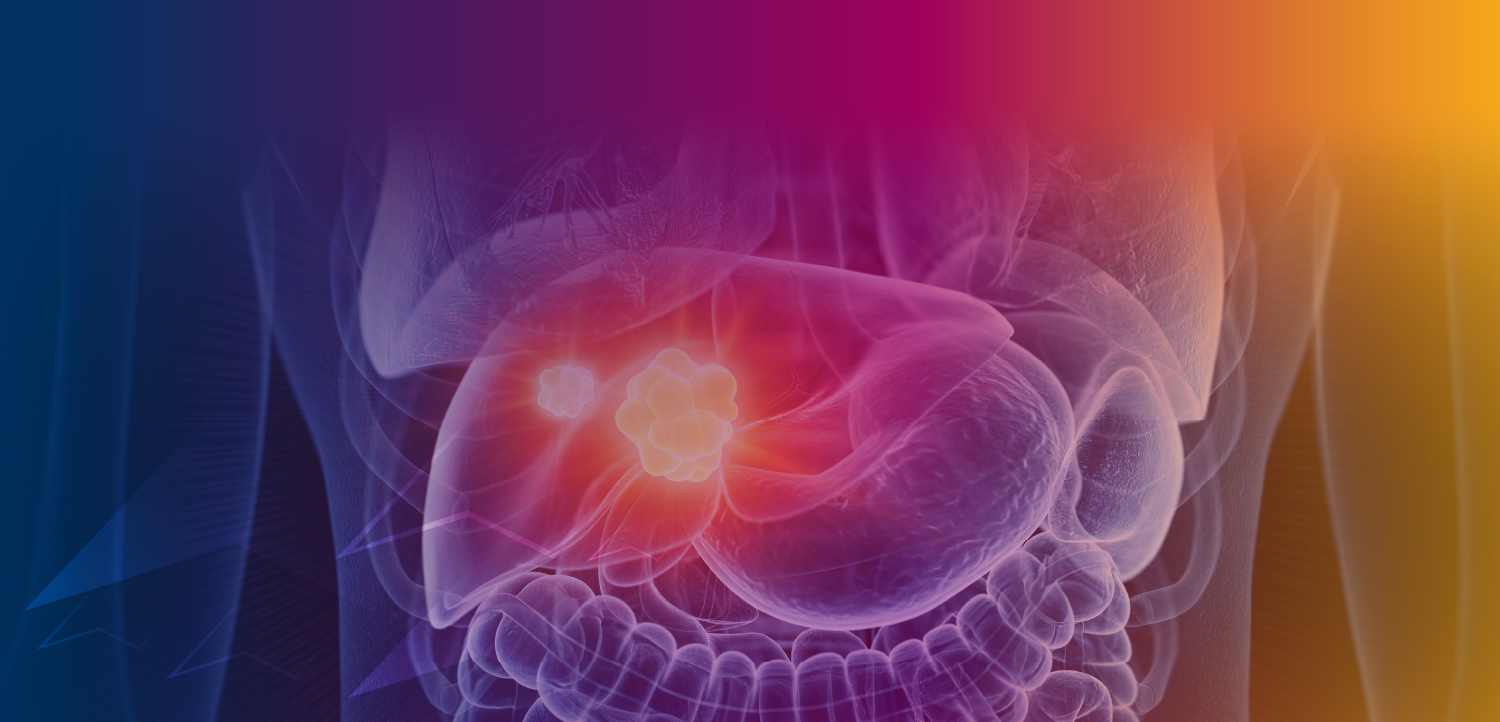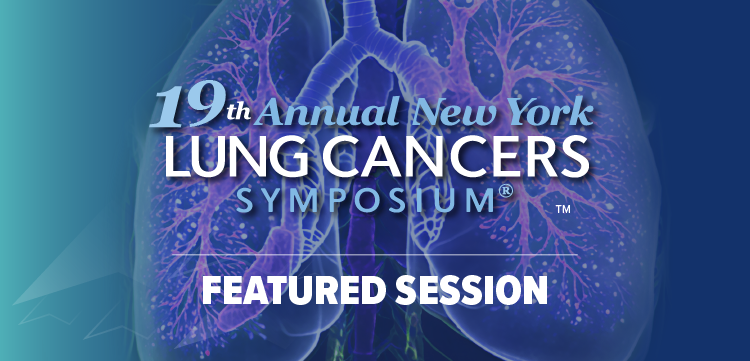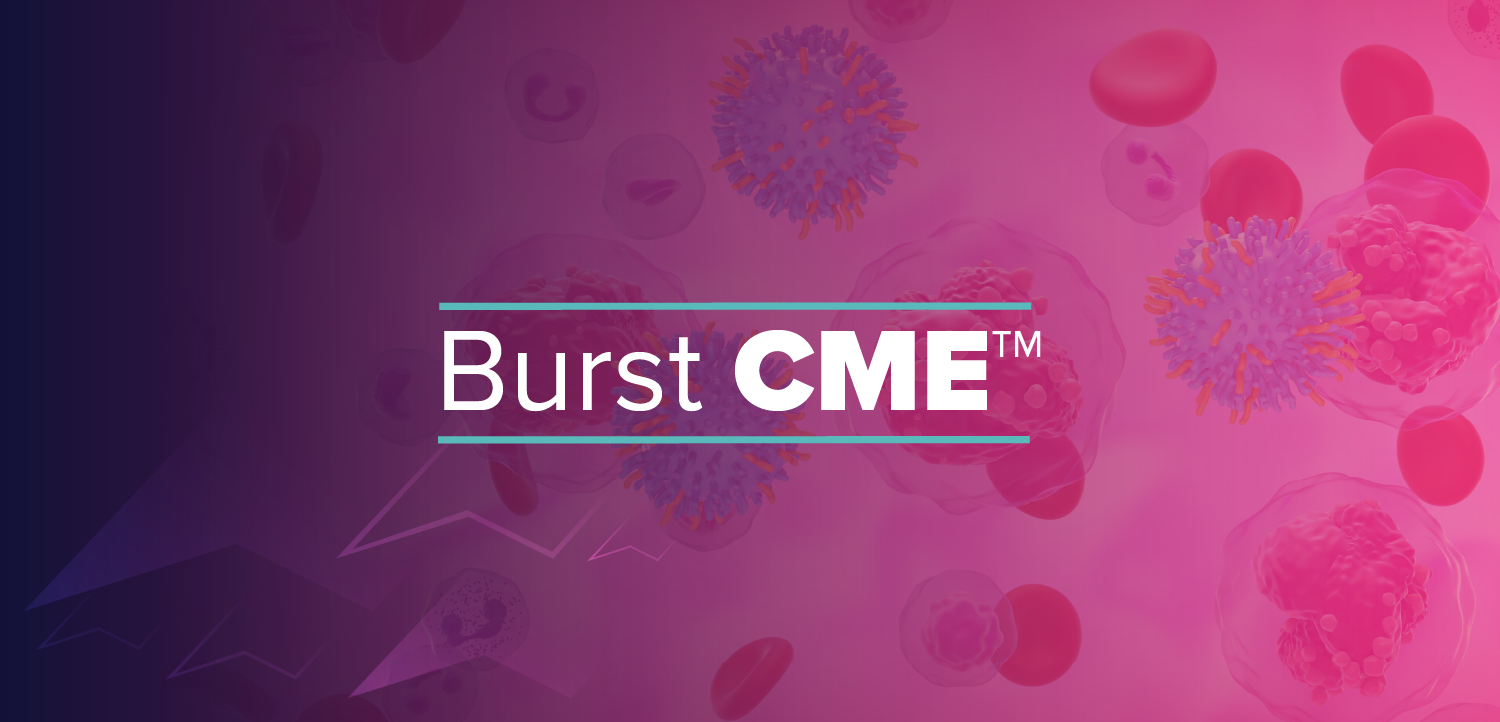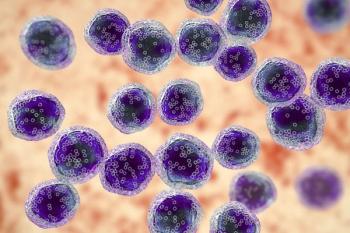
High-Dose Chemotherapy With ASCT Effective in Newly Diagnosed Primary CNS Lymphoma
High-dose chemotherapy with autologous stem cell transplantation was effective in treating patients with newly diagnosed primary CNS lymphoma.
High-dose chemotherapy with autologous stem cell transplantation (HCT-ASCT) with thiotepa and carmustine was effective in treating patients with newly diagnosed primary central nervous system (CNS) lymphoma, according to the results of a phase II study
“Sequential induction with rituximab plus high-dose methotrexate and rituximab combined with cytarabine and thiotepa followed by consolidation with carmustine-based and thiotepa-based HCT-ASCT is an effective and safe treatment option in patients with newly diagnosed primary CNS lymphoma, leading to a 5-year overall survival of almost 80%,” wrote researchers led by Gerald Illerhaus, MD, of the department of hematology/oncology and palliative care at Klinikum Stuttgart in Stuttgart, Germany.
Illerhaus and colleagues conducted this study in an attempt to determine the safety and efficacy of HCT-ASCT in young patients (aged 18 to 65 years) with newly diagnosed disease. The single-arm phase II study included 79 patients with newly diagnosed primary CNS lymphoma recruited between 2007 and 2011.
Patients in the study underwent treatment with 5 courses of IV rituximab 375 mg/m2 and 4 courses of IV high-dose methotrexate 8,000 mg/m2 followed by 2 courses of IV rituximab 375 mg/m2, cytarabine 3 g/m2, and thiotepa 40 mg/m2. Three weeks after the last course, patients began treatment with IV HCT-ASCT with rituximab, carmustine, thiotepa, and infusion of stem cells. The primary endpoint was complete response at day 30.
Of the patients who began induction treatment, 92% went on to receive HCT-ASCT. Sixty-one patients (77.2%) achieved a complete response by day 30, and 11 patients achieved a partial response. This equates to an overall response rate of 91.1% in the 79 patients in the study.
The most common grade 3 adverse event seen during induction therapy was anemia (47%), and the most common grade 4 event was thrombocytopenia (63%). During transplant, 68% of patients experienced grade 3 fever and 93% of patients had grade 4 leukopenia. Three treatment-related deaths occurred during induction therapy, and one additional death occurred 4 weeks after transplant.
With an estimated median follow-up of about 57 months, the progression-free survival rate at 1 year was 78.5%, at 3 years was 67%, and at 5 years was 64.8%. The 1-year overall survival rate was 92%; at 3 years, 81%; and at 5 years, 79%. Median overall survival was not reached.
The researchers acknowledged that survival outcomes often depend on salvage treatments. “However, we did not systematically collect information about salvage treatments given outside of the study, which could have provided valuable information to understand the survival observed in this study.”
“Because of its prospective and multicenter design, although it is not comparative, our study provides good evidence for induction treatment followed by HCT-ASCT in patients with newly diagnosed primary CNS lymphoma and provides a benchmark for future comparative studies of this rare disease,” the researchers wrote.
Newsletter
Stay up to date on recent advances in the multidisciplinary approach to cancer.


